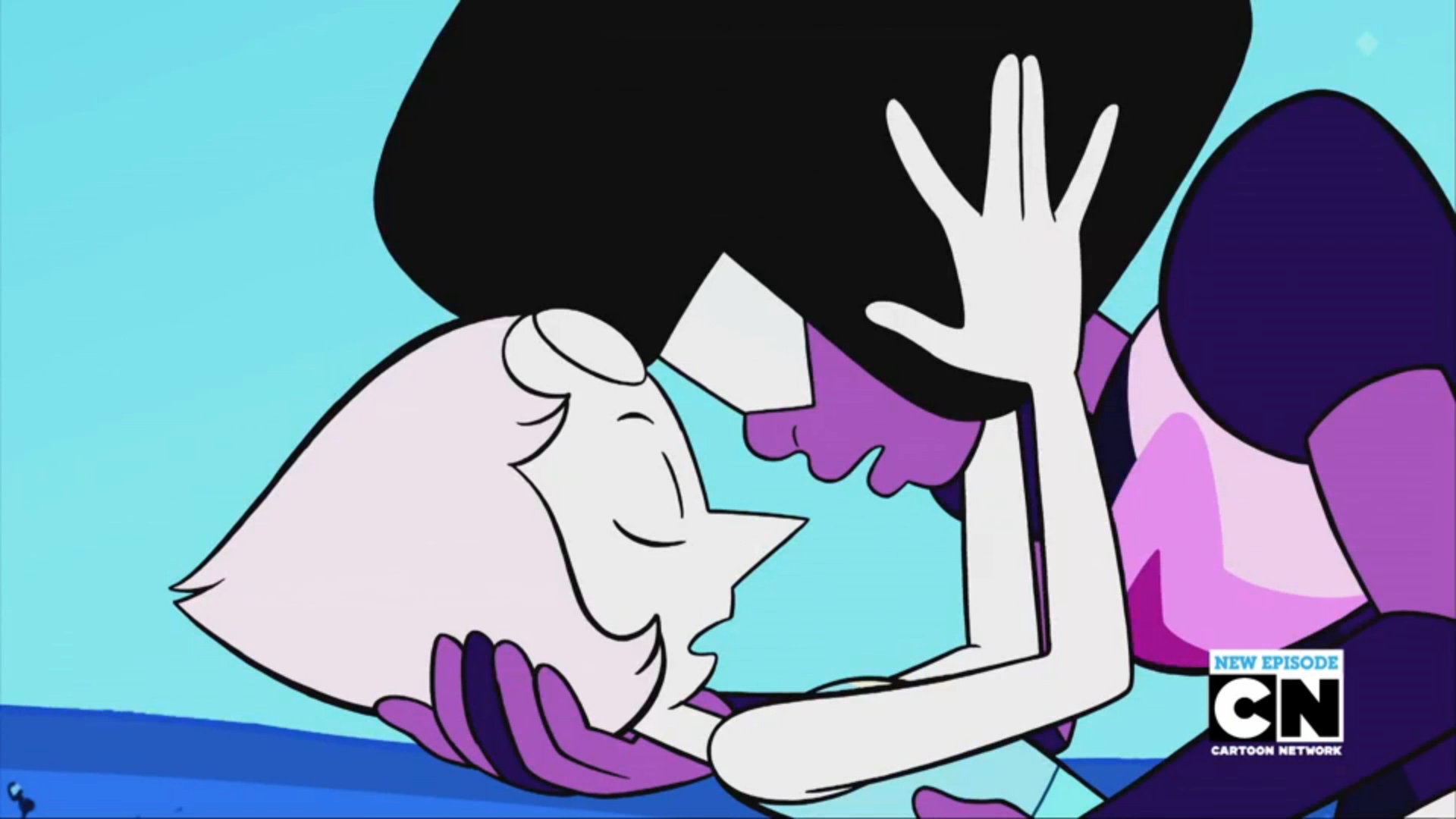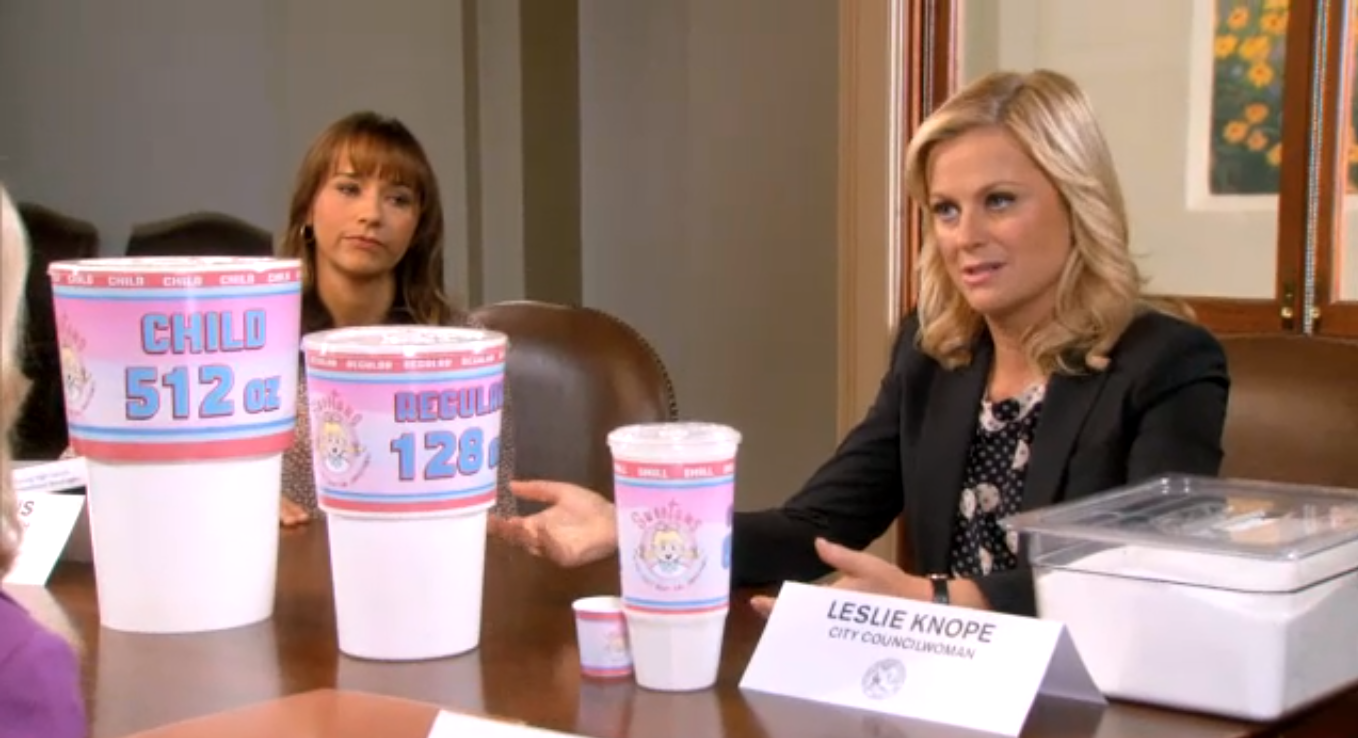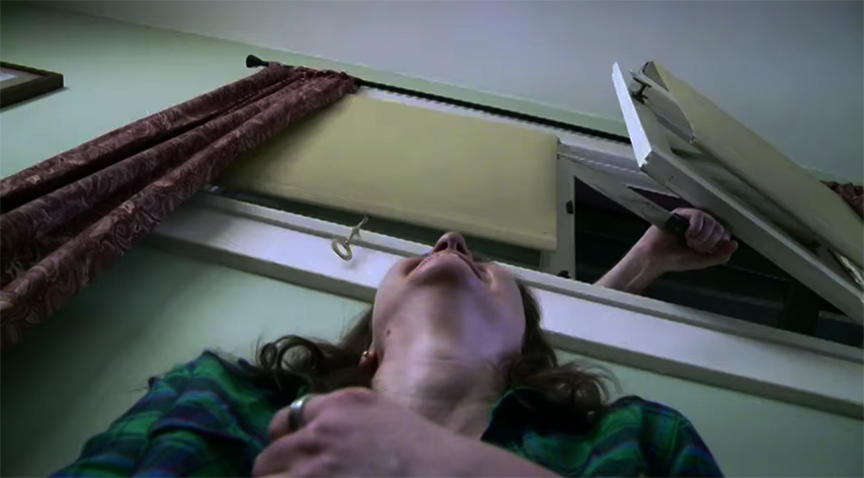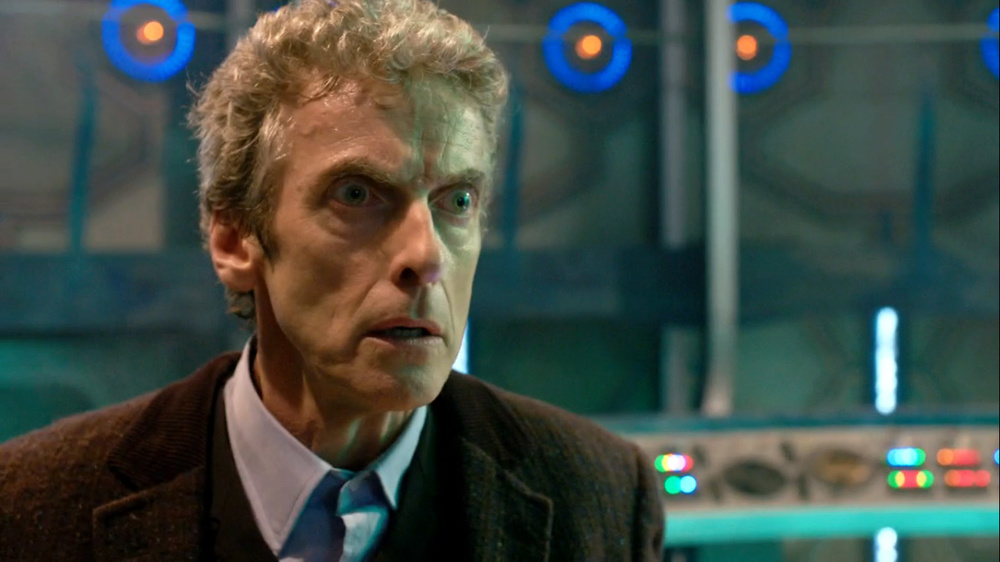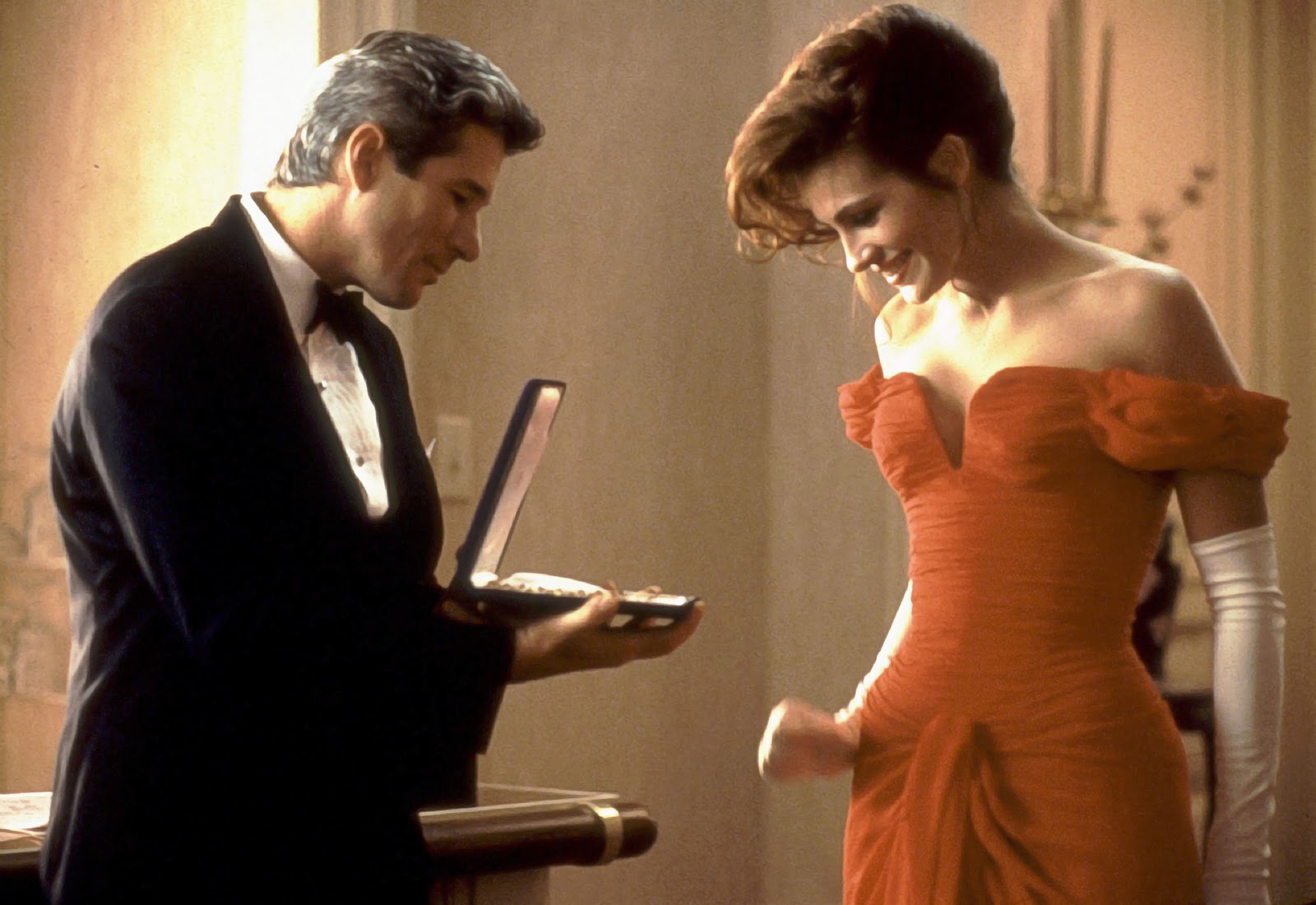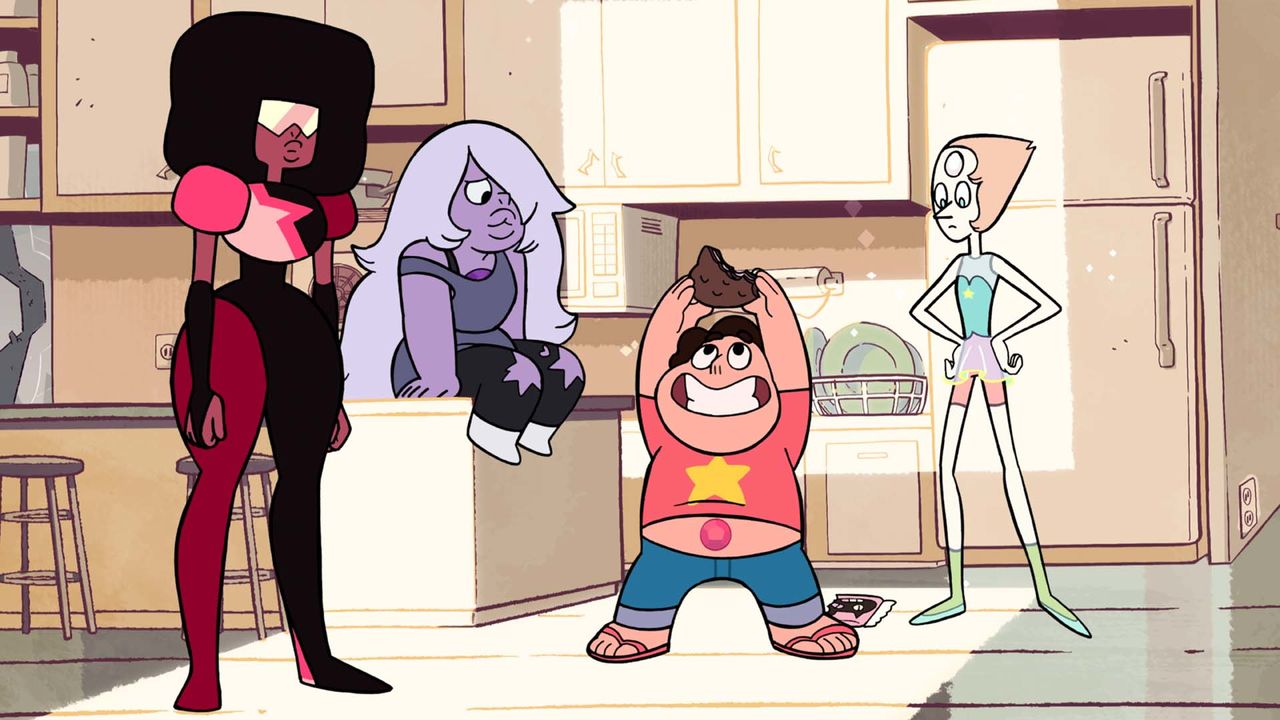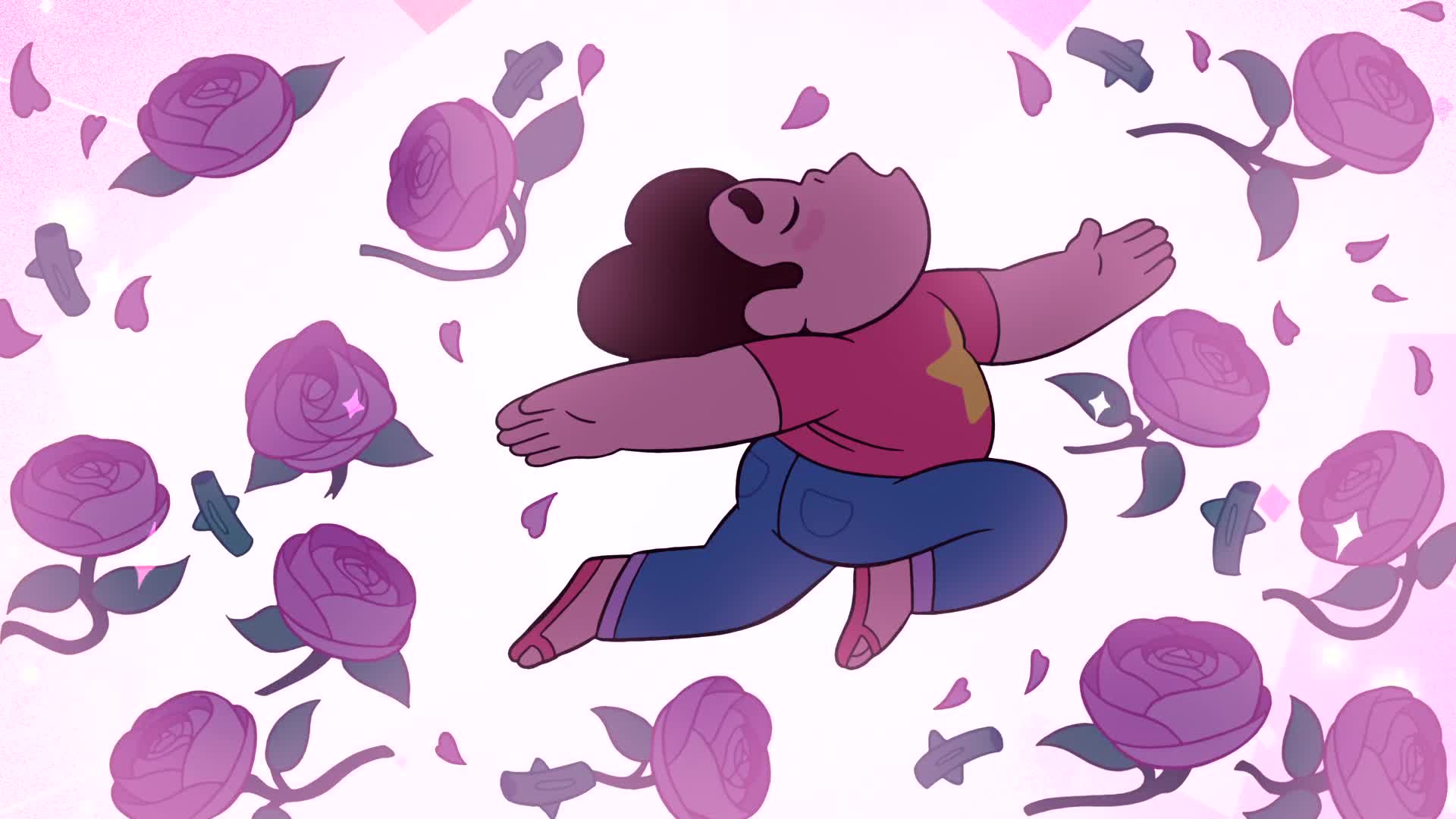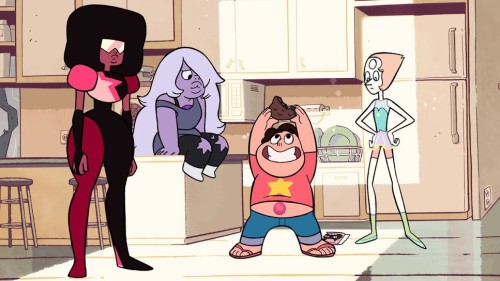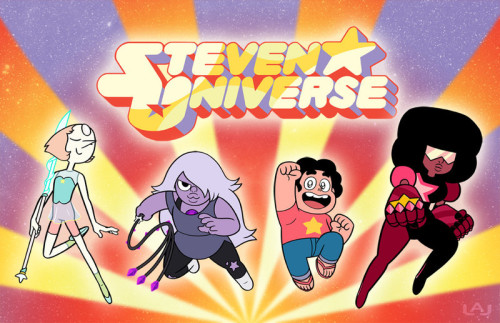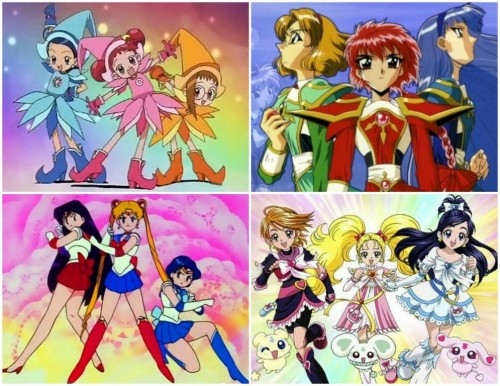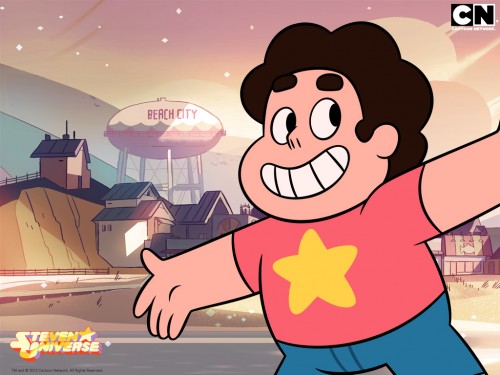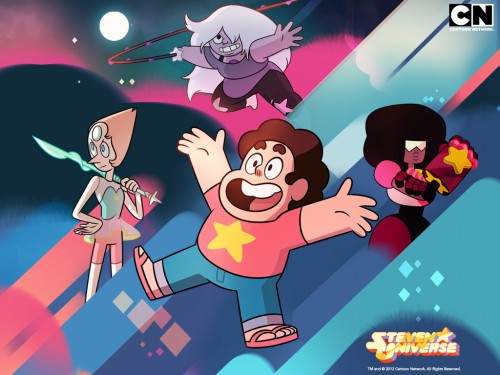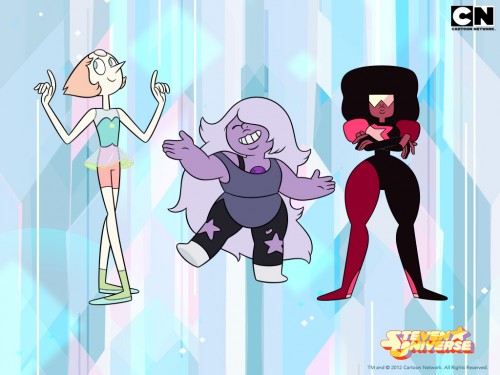This guest post written by Heidi Teague appears as part of our theme week on Bisexual Representation.
Identity is fundamental to writing. The stories we tell, the stories we absorb, are vital to our sense of self.
I am a writer. I have been an avid reader and consumer of stories of all kinds, as well as writing in one form or another, for my entire life.
I am also a bisexual woman. I didn’t know or understand this about myself until a couple of years ago, because I never really felt this was an option. It was something some other people were, and not many of them at that. It wasn’t something a slightly dull academic girl who liked poetry and Shakespeare and Doctor Who would be. Bisexual didn’t look like me, so how could it be me?
Character and identity is key to my writing; I love creating nuanced, interesting, and deeply flawed characters and watching them overcome the obstacles I throw in their way. Any truly intersectional feminist writer knows that the best stories are full of beautifully diverse people of different identities and walks of life. What the best TV dramas do, what the best stories do, is find a way to create empathy with people whose lives, identities, and experiences are vastly different to the viewers’ own. To see yourself and your own experiences reflected in a story is a deeply reassuring, transcendent human experience; being erased, seemingly invisible, or mythical is isolating and creates a disconnect where people are able to disassociate people who are different as ‘other.’ Erasure not only breeds hatred and intolerance, but it also means that the people who don’t fit the dominant narrative are unable to understand and express their difference and feel a sense of belonging. That can have a profound effect on a life; mental health issues among those that identify as LGBTQ are troublingly high.
Writing is exposing yourself, opening yourself up to criticism and ridicule, and that is even more pertinent if yours is a marginalized voice and if your stories challenge the dominant discourses, tropes, and cultural hegemony of traditional narratives. Few (out) queer writers have success or freedom within mainstream television networks, with many creatives curbed by executives who fear that anything too radically different might lose money. But every so often, a beacon of brave storytelling on a mainstream network shines the path for others.
Steven Universe is an animated television series on Cartoon Network of 10-minute episodes charting the coming-of-age of half-human, half magical gem Steven, and his unorthodox family of alien Crystal Gems: Pearl, Amethyst, and Garnet. Steven and his best friend Connie learn how to fight together and use Steven’s protective and healing powers to help the Crystal Gems protect Earth. It is a highly creative and finely detailed world, with complex character development and story arcs to rival hour-long dramas. It has already explored depression, anxiety, abusive relationships, grief, and PTSD, as well as teaching its demographic-spanning audience to meet hatred, fear, and ignorance with love, compassion, and forgiveness. This is a show that cares, and wants to make the world a better place, and encourages love of all kinds as being central to this vision.
Steven Universe is progressive in many ways. The Gems, despite being sexless space rocks, use she/her pronouns and have femme presentations. They are all voiced by women of color and have shown what could be potentially read as romantic interest in other Gems and also sometimes in humans. The show uses a narrative conceit known as fusion to indicate a relationship of trust and understanding between two or more Gems as they become one being; this has been shown to be anything from platonic to explicitly romantic, with two Gems being outcast from their society for their taboo love which they express through being permanently fused; they literally are a relationship. Outlawed on their Homeworld, and seen by some as a dangerous threat to the hierarchy of Gem society, the parallels with queer marriage are unabashedly apparent.
The Disney-esque episode charting the origins of this love story, The Answer, was nominated for an Emmy this year, and has just been adapted into a children’s book of the same name.
This cartoon queers more than just one relationship however; there is no tokenism here, as a queer perspective permeates the whole show. Female characters are drawn with visible leg hair and shown to be desirable within the same episode; the main character is a 14-year-old boy who has been shown wearing a skirt, crop top, heels, and make-up and it wasn’t played even slightly for laughs.
A boy and girl fuse together to become a beautiful genderqueer character that is flirted with and admired by both men and women that are otherwise coded as straight, and this is never questioned, lampshaded, or ridiculed.
It has some of the most inclusive and progressive characters on TV as a whole, let alone children’s TV; beautiful characters of different sizes, shapes, genders, presentations, races, and sexualities; characters that are fully rounded, flawed, and story-worthy, not just curiosities or a lazy stab at inclusivity.
Steven’s mother, Rose Quartz, is a large, curvy Gem that was seen as unquestionably beautiful by everyone who encountered her. There is also a lot of subtext to suggest she was not monosexual; in so far as we can label the sexuality of a sentient rock from a matriarchal alien race, it is not binary. She had a highly charged relationship with Pearl, who has openly admitted she loved her, and Rose also loved Steven’s human father, Greg Universe, amongst other humans.
Although there are no characters on the show that are explicitly labelled as bisexual, this is undoubtedly a show with a beating, queer heart.
I already adored Steven Universe, and found joy and solace in it. When I heard Rebecca Sugar publicly identify as bisexual (at Comic Con, filmed here by Felipe Flores, relevant part at approximately 46:30), I simultaneously went, “Of course!” and whooped and punched the air. The creator and showrunner of this popular, groundbreaking, and beautiful show is an openly bisexual woman. That is historic and thrilling, and it means that could be me (alas, if only I could write something half as brilliant as Steven Universe!).
Characters can be inspiring and life-affirming, but giving and seeing real life bisexual folks out in prominent and powerful positions, especially in the entertainment industry is part of creating an environment where queer characters can have full and rich stories that aren’t only centered on coming out or perpetuating harmful tropes. Instead of straight writers profiting off the relative zeitgeist of queer characters, with bisexual characters often falling foul of this as they are seen as the “easy option” — ‘Janet can leave her husband, have an affair with a woman, have a breakdown as she is outed to her children and work colleagues, then go back to her husband… that’s the LGBTQ quota met!’ — having actual bisexual writers allows truth in television, and gives us the honest and complex characterizations we deserve.
Yes, we need bisexual characters. But even more importantly, we need bisexual creators telling stories and letting those nerds in the middle of suburbia know that there are people out there like them that they can aspire to emulate.
Rebecca Sugar, if you’re reading this, know you are loved and admired by so many. Thank you from the bottom of my heart.
See also at Bitch Flicks:
Strong in the Real Way: Steven Universe and the Shape of Masculinity to Come
The Revolutionary Fatness of Steven Universe
Steven Universe: Many Dimensions of Fat Positivity
Steven Universe: A Superhero Team We Can Believe In
Heidi Teague is an aspiring British screenwriter and an accomplished nerd. She sporadically updates her feminism and pop culture blog Shrewish Thoughts and writes for Debut online.
